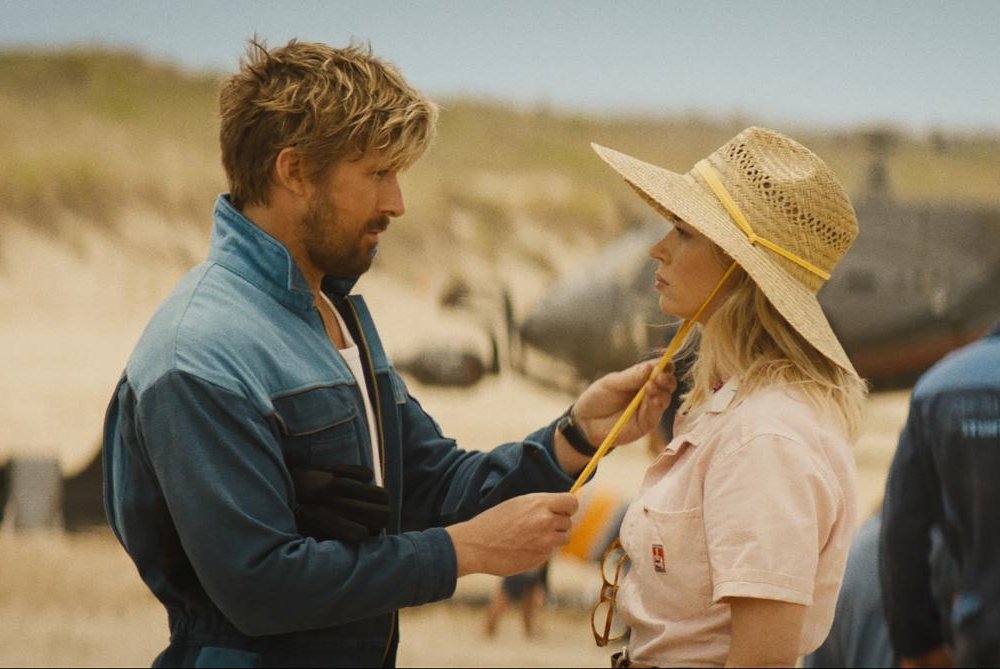
Nine years ago, when my oldest son was in kindergarten, his 6.5-hour school day included just 15 minutes of outdoor recess. That paltry interval was typical of our Minnesota public-school district. Worse, bad weather periodically meant that kids were kept inside to play, sometimes on screens. By first grade, our five-year-old, who was brimming with energy he should have burned through on the playground, started getting in trouble for wrestling his classmates. His punishment: staying inside during recess.
I still get angry when I think about all this, because it was clear then, as it is now, that time outdoors is good for children’s physical and mental health. In recent years, the evidence has only increased: studies consistently show that getting outside boosts kids’ test scores, reduces stress, and improves behavior and fitness. Teachers, too, are more satisfied with their jobs when they get a break from the classroom, even just an hour a week.
Fortunately, a movement to ensure students receive ample outside time has been ramping up, a rare positive side to the pandemic. Rachel Pringle, director of strategy and operations at the advocacy group Green Schoolyards America, says that as teachers, parents, and administrators scrambled to arrange picnic lunches and outdoor classes as a strategy for reducing transmission of the virus, many noticed that the additional fresh air had other benefits. Through its National COVID-19 Outdoor Learning Initiative, Pringle’s organization has extended its work to help integrate outdoor learning into school curricula.
“The pandemic put a spotlight on this,” Pringle told me. “It helped people who may not have thought about it as an option to see it as one.”

Outdoor learning was gaining momentum even before the pandemic, specifically in preschools and kindergartens, but also in private schools, which have the resources and the flexibility to turn research into action. According to a 2020 report by the North American Association for Environmental Education, the number of so-called forest kindergartens and outdoor preschools in the United States has increased nearly 25-fold since 2010, and doubled from around 250 in 2017 to 585 in 2020.
“COVID added a sense of urgency,” says Sharon Danks, founder of Green Schoolyards, which is based in Berkeley, California, and is one of several programs trying to address our tendency to think of education as strictly an indoor endeavor. When campuses started reopening after an extended period of lockdown, Green Schoolyards created an online map to track outdoor-learning options around the country.
The map currently identifies approximately 500 sites. At Essex Street Academy, a public school in Manhattan, teachers brought kids onto the roof for classes. The Howard County public-school system, near Baltimore, added picnic tables and canopy tents to facilitate outdoor lunches. Lakeside School District in Hot Springs, Arkansas, had teachers and students visit a nearby garden for outdoor lessons. Map markers reveal that initiatives have been launched in rural, urban, and suburban areas, not just in places with good weather or progressive politics.
Twenty years ago, Danks remembers having to justify the importance of simple projects like school gardens. Now her organization hosts regular conference calls with teachers and administrators who share ideas. Roughly 5,000 educators have reached out to Green Schoolyards since the pandemic began in 2020. Visits to its website surged that spring, Danks says, and web traffic remains four times what it was before COVID hit.
Pringle says more and more school districts are prioritizing outdoor time for kids by creating teaching positions dedicated to it. In August 2021, Erin Carroll started working in outdoor instruction for the public-school district in Durham, North Carolina. Interest in outdoor education had begun to burgeon in Durham’s schools prior to the coronavirus outbreak, with individual sites bringing in specialists, but the pandemic served as a catalyst for more expansive efforts. Today the school board is considering a proposal to construct outdoor classrooms at each of the district’s 50 schools. “The pandemic was the push that other teachers and more of our administrators and board members needed,” Carroll says. “It’s really what spurred the creation of my job and putting more district funds into outdoor learning.”
One day last spring, Carroll took a group of fifth-graders outside with binoculars and magnifying lenses. She watched as a boy who was often told to quiet down in class looked closely at a daffodil and became mesmerized by the flower’s tiny parts. “This is really beautiful,” he told her. At an outdoor-career event Carroll organized for seventh-graders, an arborist explained what it’s like to climb trees for a living. (No sitting still required there.) The middle schoolers then learned about the pulleys used for tree climbing by playing a game of tug-of-war. “When we were walking away, the kids were like, ‘I never knew that I could do that for a living,’ ” Carroll says. “ ‘That’s what I want to be when I grow up.’ ”
Government officials are starting to recognize the value of outdoor education, Danks says. A handful of states, including Texas, Illinois, and New Mexico, recently discussed new policies, adopted legislation, or added grant programs to make sure kids have more access to nature. And the California legislature is examining a proposal to provide $50 million in grants for various projects, including tree planting, to make school grounds throughout the state greener.
It wouldn’t take much for schools to become healthier places for kids and the planet, says Claire Latané, a professor of landscape architecture at California State University at Pomona and author of the 2021 book Schools That Heal: Design with Mental Health in Mind. In 2016, with a $350,000 grant from the California Natural Resources Agency, she worked with Green Schoolyards to remove 23,000 square feet of asphalt from Eagle Rock Elementary School in Los Angeles. In place of the old, cracked heat-radiating blacktop, the team added grass, trees, and gathering spaces.
An exercise physiologist from nearby Occidental College had kids wear activity trackers and discovered that they became more physically energized in the new environment. Bullying declined, and teachers said they accomplished more in class because students returned from recess calm and ready to learn. Simple changes to schoolyards like adding trees, smaller plants, and mulch can filter air pollution, block noise, and reduce a building’s energy footprint.
“It isn’t a difficult problem to solve,” Latané says of greening school spaces, “but it is hard to change the mindset and the systems that have been playing out for a hundred years in our industrialized school model.”
The challenges are real, says Emily Gasoi, a member of the school board in Washington, D.C., and a lecturer in education at Georgetown University. Gasoi hadn’t thought much about outdoor learning before the 2020 lockdown sparked an interest in counteracting all the time kids were spending inside on screens. By the fall of 2021, the school district had earmarked $9 million for outdoor infrastructure. Among the success stories was Whittier Elementary in the city’s racially diverse northwest quadrant. Even before the pandemic began, it used federal grant money to develop an outdoor-learning lab in partnership with Out Teach, a nonprofit with offices in D.C. and Fort Worth, Texas, that trains teachers how to offer experiential lessons outdoors. Whittier added outdoor features such as a small greenhouse, a composting station, and even outdoor classrooms.
“It’s hard to change the mindset and the systems that have been playing out for a hundred years in our industrialized school model,” says Claire Latané, a professor of landscape architecture.
Equity is a concern among outdoor educators, and questions remain about how sustainable COVID-inspired changes will continue to be as life returns to normal. Gasoi, who coleads the DC Coalition for Equitable Outdoor Education, sees schools in the wealthiest parts of her ward with rooftop farms and university-level science facilities. In other areas, some schools didn’t even move lunchtime outdoors during the pandemic.
The advocacy work that continues to happen in schools depends on motivated parents with resources and on small organizations that are in constant need of funding. “Even for schools that were able to add infrastructure, there’s no ongoing investment,” Gasoi says. “How do we move away from this mentality of ‘OK, this was important during the pandemic, but now we don’t have to worry about it anymore’?”
A shift like that can be hard for schools that don’t already have some degree of outdoor-learning momentum, Pringle says. But Danks sees cause for hope. For example, she has heard from schools that continued to hold lunchtime outdoors after they discovered that doing so was quieter, less messy, and more enjoyable for everyone.
Federal money made available for education during the pandemic is another potential means of providing equitable access during the school day, says Jeanne McCarty, CEO of Out Teach. The number of teachers participating in Out Teach’s coaching program, which runs through the academic year, rose 35 percent in 2021–22, McCarty says, and is set to rise by nearly 50 percent in 2022–23. “We’re not there yet, but it’s a moment of opportunity,” she says. “More than ever before, there’s an appetite to reimagine learning, and outdoor instruction can be a key component of that.”
My kids’ experiences echo this evolution in thinking. Since the days of my older son’s recess deprivation nearly a decade ago, many schools in our district have added time for kids to be outside. My younger son, who will enter the fourth grade this fall, usually gets at least 30 minutes of recess every day. He has now attended two different schools in our district that get children into nature an hour or two per week, exploring nearby parks and woods. His biggest complaint: when they go to a forest, they’re not allowed to build forts with sticks and branches. That’s a trade-off I’m more than willing to accept.
This content was originally published here.









